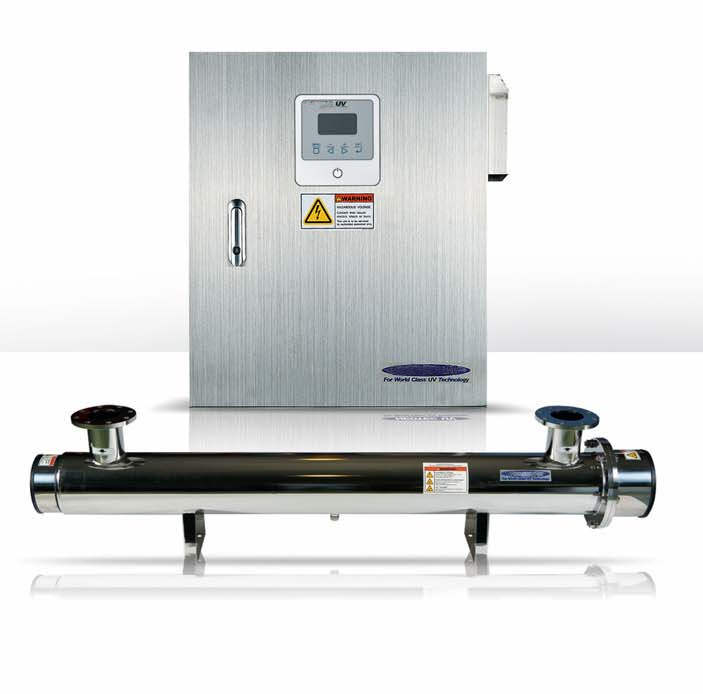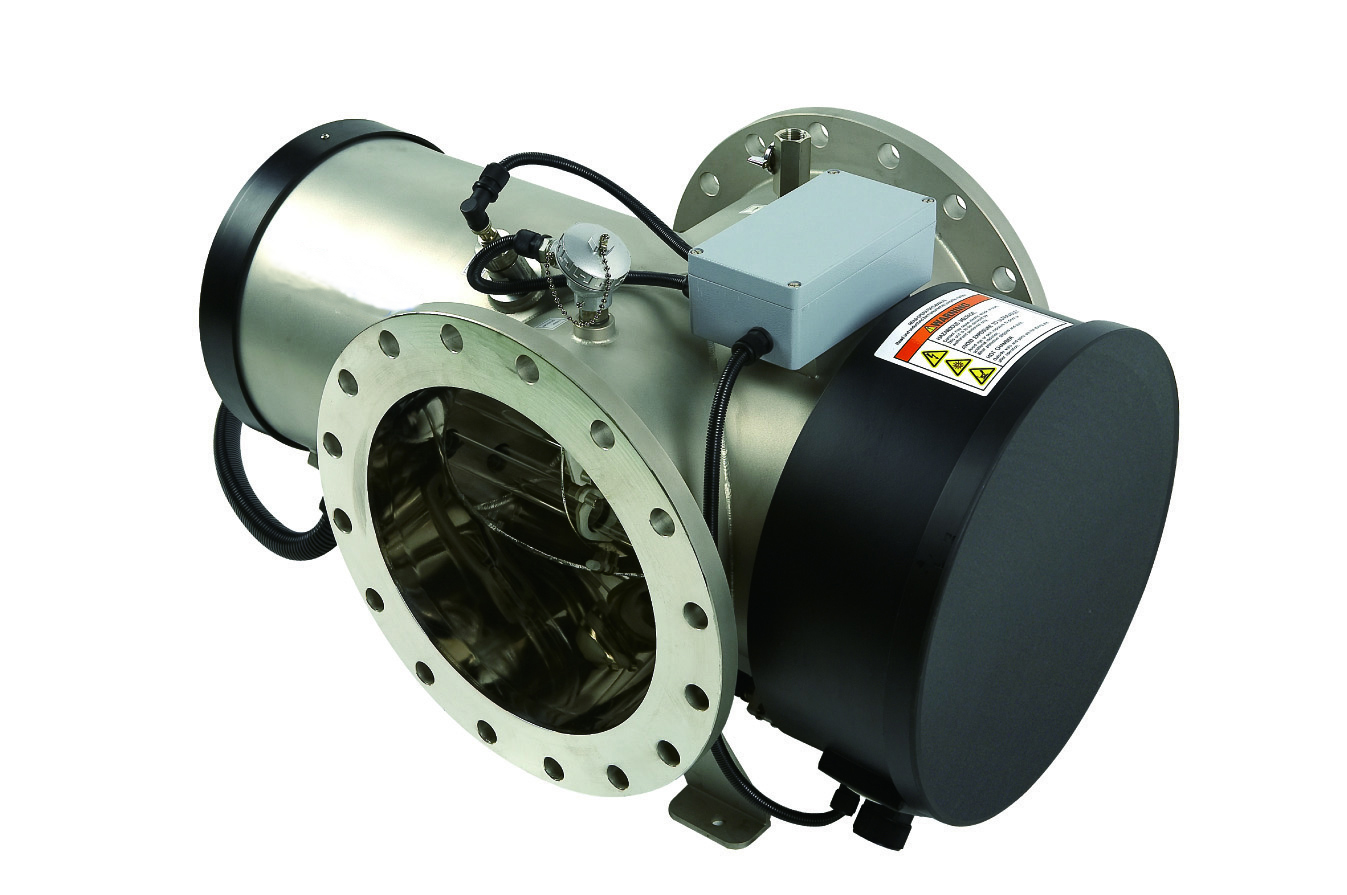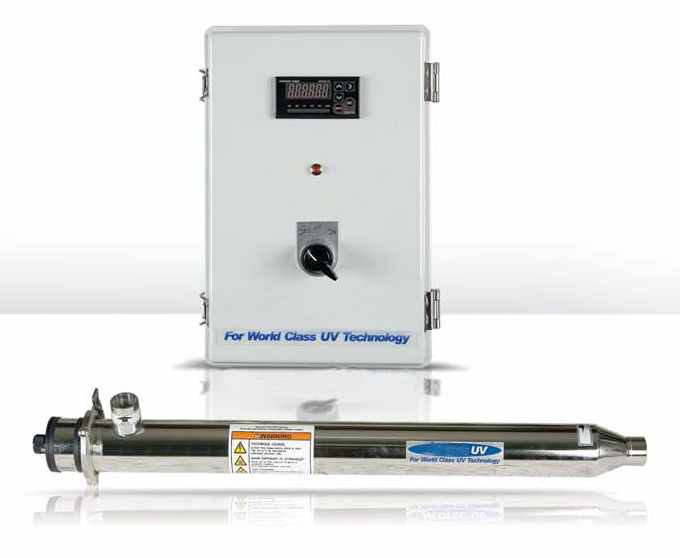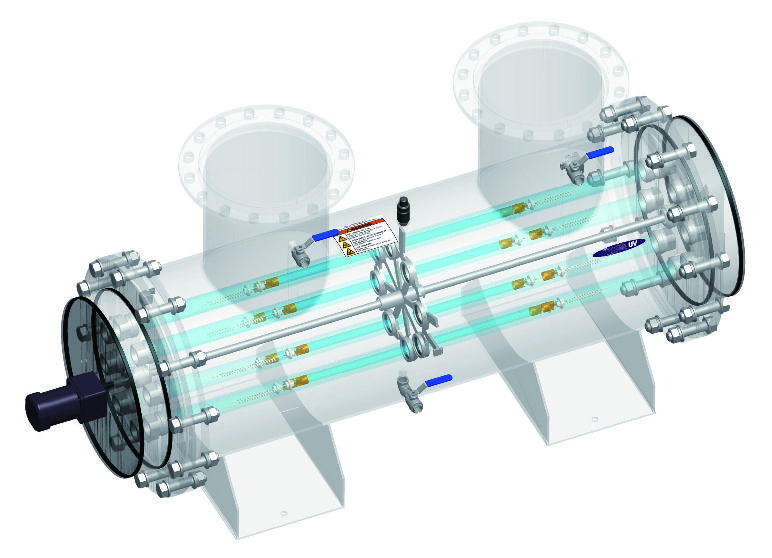UV DISINFECTION SYSTEMS-UV STERILIZATION-UV FILTERS-UV PURIFICATION
CUSTOM UV DISINFECTION & UV FILTER SYSTEMS
Infralight supplies a wide range of uv disinfection and uv water treatment systems, both standard and custom designs available. This means any flow requirement can be met. Infralight offers a range of UV disinfection systems from flow rates as small as 10/min up to Mega liters per hour. The design of the Infralight UV disinfection systems is intended to provide many years of reliable operation at an economical price. The treatment chambers are AS 316 stainless steel with the option of plastic for seawater applications. A range of options is available to customise the system but the basic specification is suitable for domestic, farm and light industrial use. Infralight’s UV water disinfection systems are designed for continuous operation treating cold and hot water at any flow from 0/min up to the specified design rate.
SIZING OF A UV FILTER SYSTEM
Microorganisms must be exposed to the UV light for a certain amount of time. This is called the UV dose or more correctly fluency, measured as joules/m2: Ws/m2 or mJ/cm2. The amount of UV light required is dependent on the type of organism, but most systems are based on flows to eliminate E.Choli. The pathogen must be exposed for a period of time by the correct amount of light at the right wavelength of 254nm.The relationship between light volume and time is critical for effective reduction. The dose of uv light required to effectively achieve a % reduction is a logarithmic relationship. The dose of uv required to achieve 90% reduction is called a Log 1 reduction. Doubling the amount of uv light, Log2, will achieve a 99% reduction. Log3: 99.9, Log4: 99.99, log5:99.999. Most systems are designed to achieve a log4 reduction of 99.99%. E.Choli requires approximately 6mWs/cm2. To achieve a 99.99% reduction, multiply this value by 4 which is 24mWs/cm2. Most ultraviolet disinfection systems are designed for a minimum 30mWs/cm2 dosage.
PRE-FILTERING
Pre-filtration is usually required to ensure that particulate matter does not shield micro-organisms from the UV light. 20 micron cartridge filtration is the usual minimum. In cases with fine turbidity in the water, or if cysts like Giardia or Cryptosporidium may be present finer filtration may be necessary. In this case one micron filtration is required, usually but not necessarily for the whole supply, filtration for the drinking tap only may be practical. In drinking water treatment in particular the dual barrier approach to disinfection of using one micron filtration and UV is strongly recommended for the security this provides the user. For water containing high levels of sediment or iron, pretreatment with a backwashing filtration system is likely to be cost effective.




